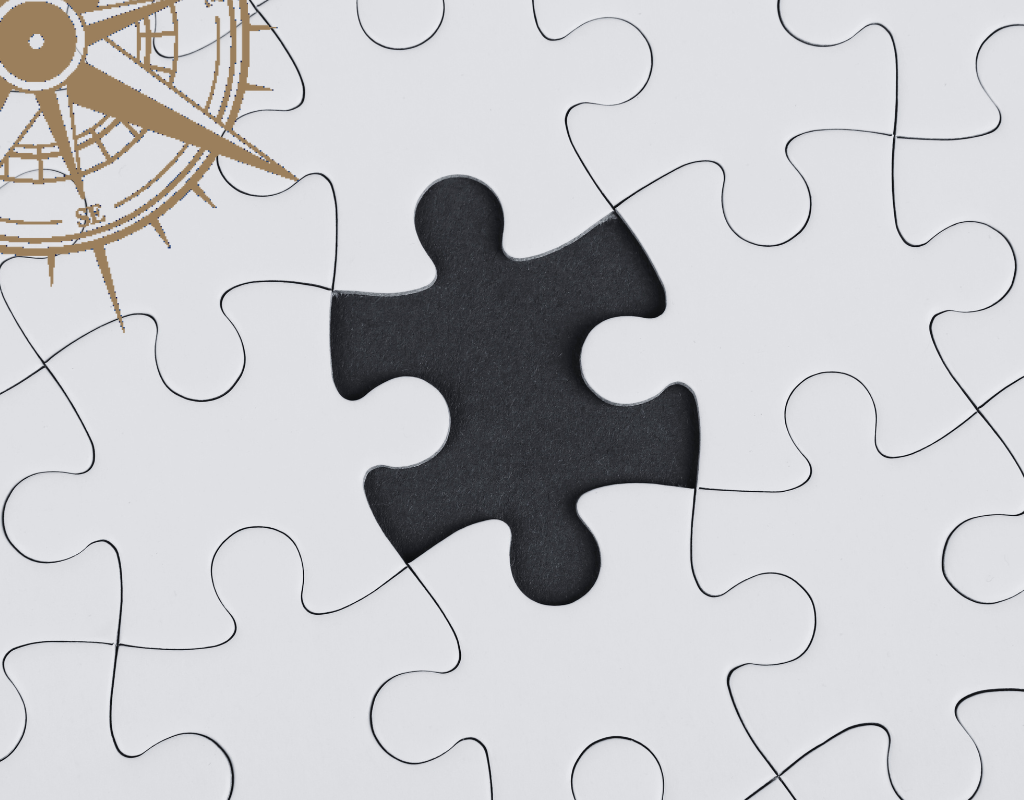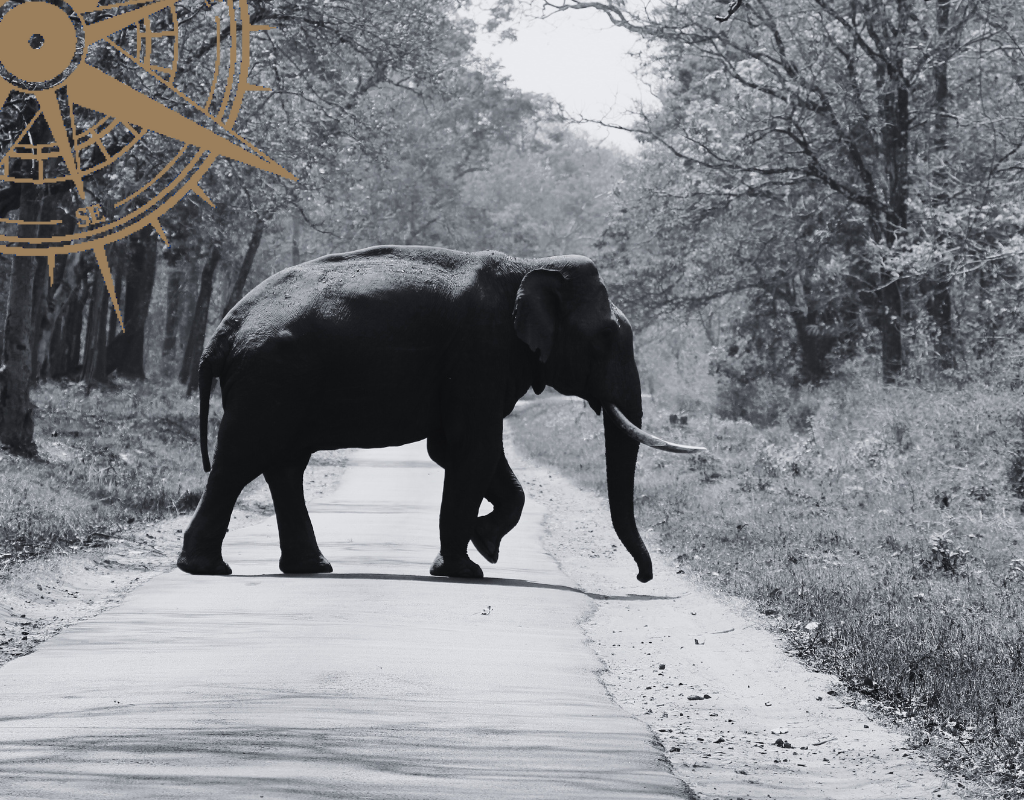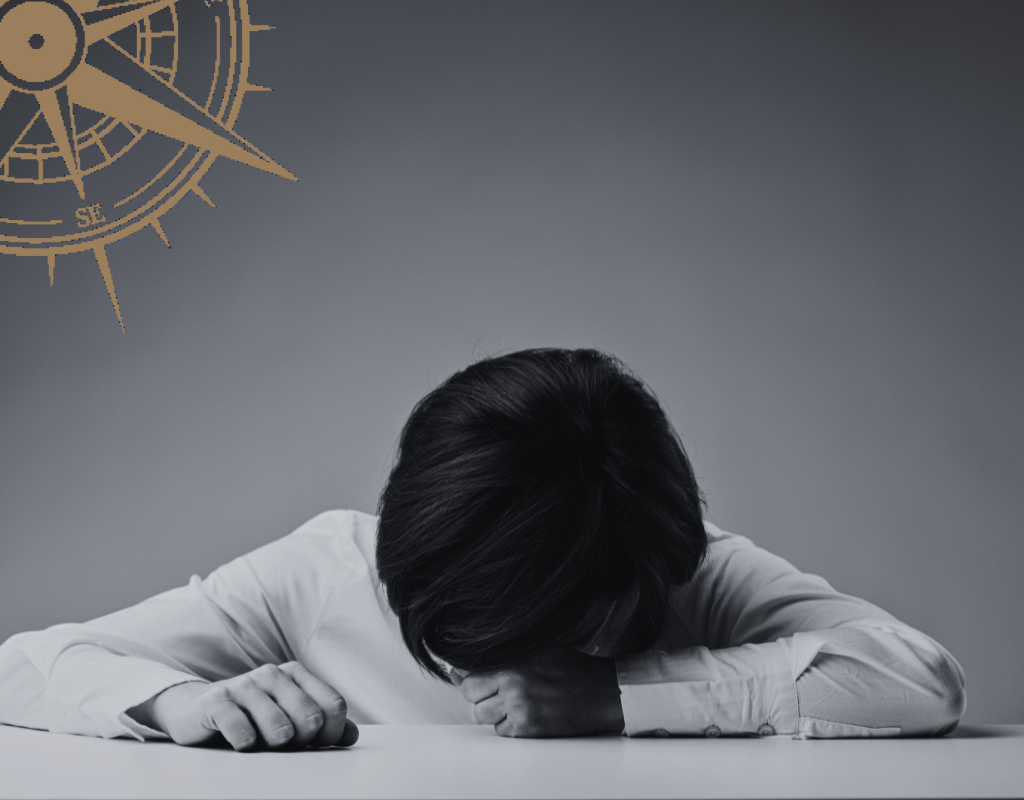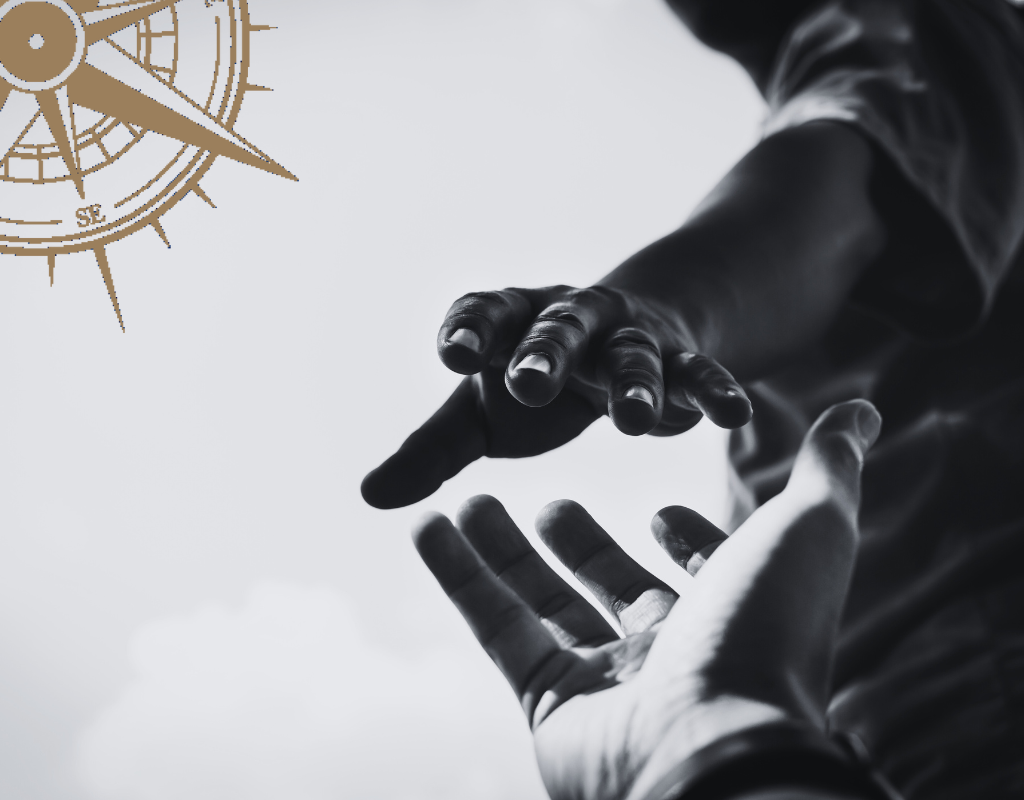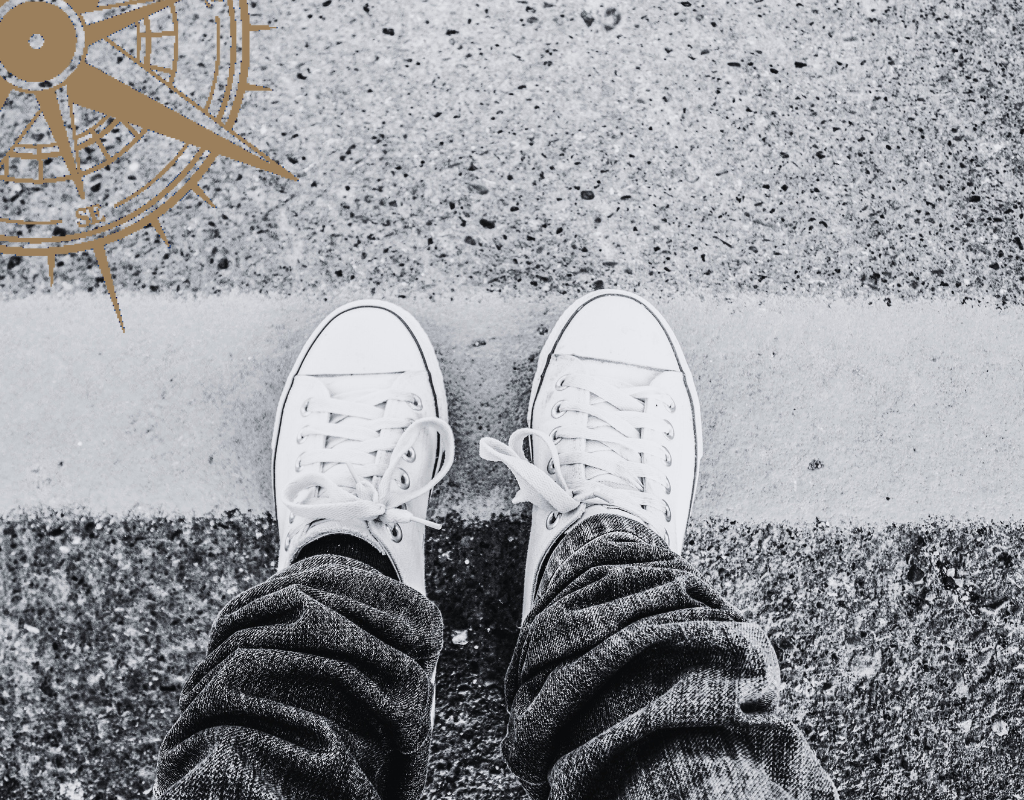I’ve been really sad post partnership exit
|
Life is a series of transformations.
It calls us to honour what’s true, evolve with integrity, and embrace the changes that come with living in alignment. Recently, my business partner Justin and I made the decision to part ways—not through conflict, but through clarity. This decision comes from a deep respect for each other’s path and a commitment to what is most authentic for us both. Justin’s journey is leading him toward more time with family, and I fully honour that. Sometimes, growth means letting go—not because it failed, but because it fulfilled what it came to do. Not all partnerships are meant to last forever. Some are meant to teach us, shape us, and then release us. And that’s okay. This shift has reminded me that real growth often asks us to surrender what once fit, but no longer feels right. If we cling too tightly to the familiar, we risk stagnation. Some people walk beside us for a season. Others for a lifetime. The wisdom is knowing when to hold on—and when to let go. For me, this has been a deeply personal process. A shedding. A returning. It’s taken me inward—past the expectations, the structure, the shared plans—and back into myself. It’s asked me to let go of what I thought it had to be, and trust the unfolding of what’s meant to come next. There have been tears. Long walks. Quiet moments. Sadness for the dream we once shared. But also stillness. Because when something falls away and it’s still right, you know it’s truth calling you forward. Through this, one thing has become clearer than ever: I love mindset work. I love the Demartini Method. I love coaching. That fire still burns. My focus has been on business but my love is the mind behind it all. The personal insights. The deep shifts. The moments that ripple into everything else. That’s what lights me up. So, while the form of business may shift, the mission remains clear: To serve. To coach. To walk with others as they rediscover their fire and realign with who they truly are. We honour bold decisions. Justin’s choice to step away is just that, a decision that aligns with him, one I deeply respect. Justin, thank you for being part of this chapter. For challenging, creating, and dreaming alongside me. For the impact you’ve made on this business and this journey. With love and oodles of gratitude, Tanya Cross Leadership Coach & The Coaches’ Coach Master Certified Demartini Method Facilitator The Coaches’ Coach (TCC) |

